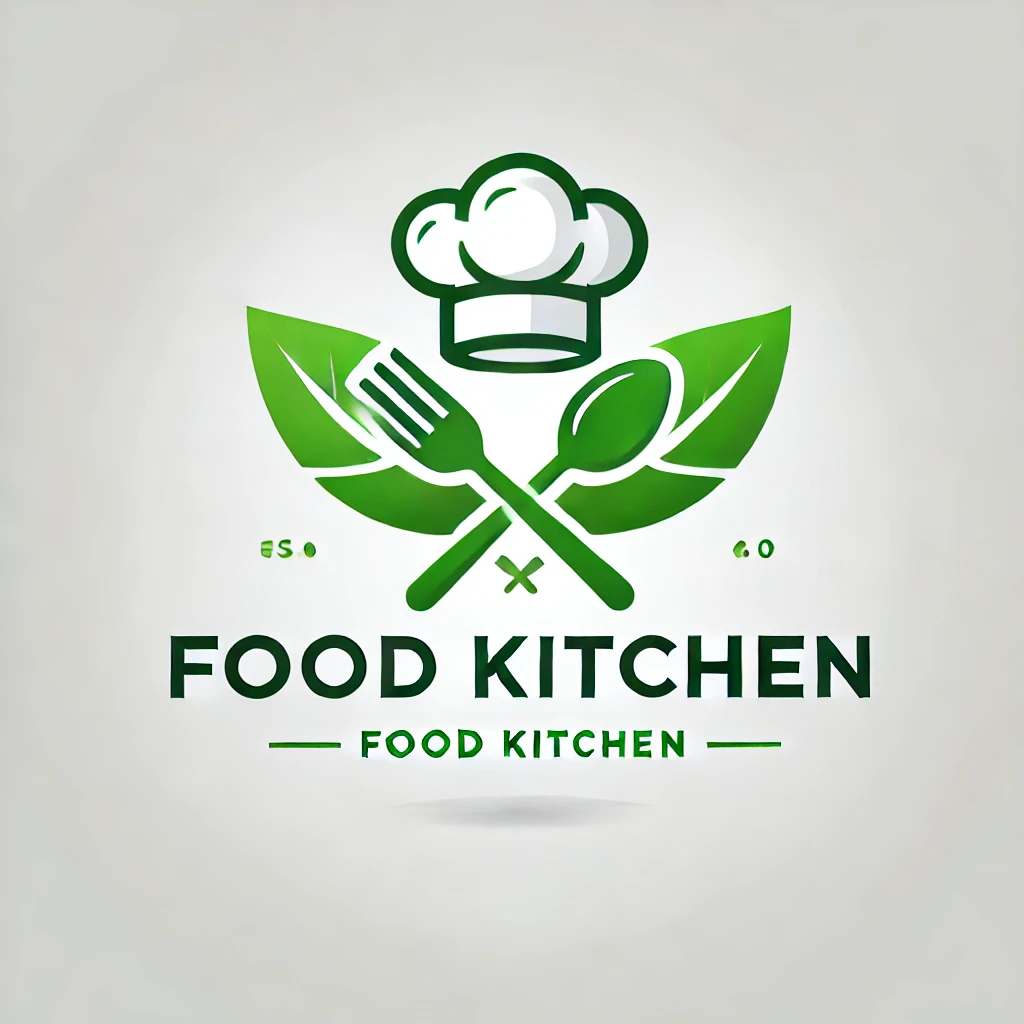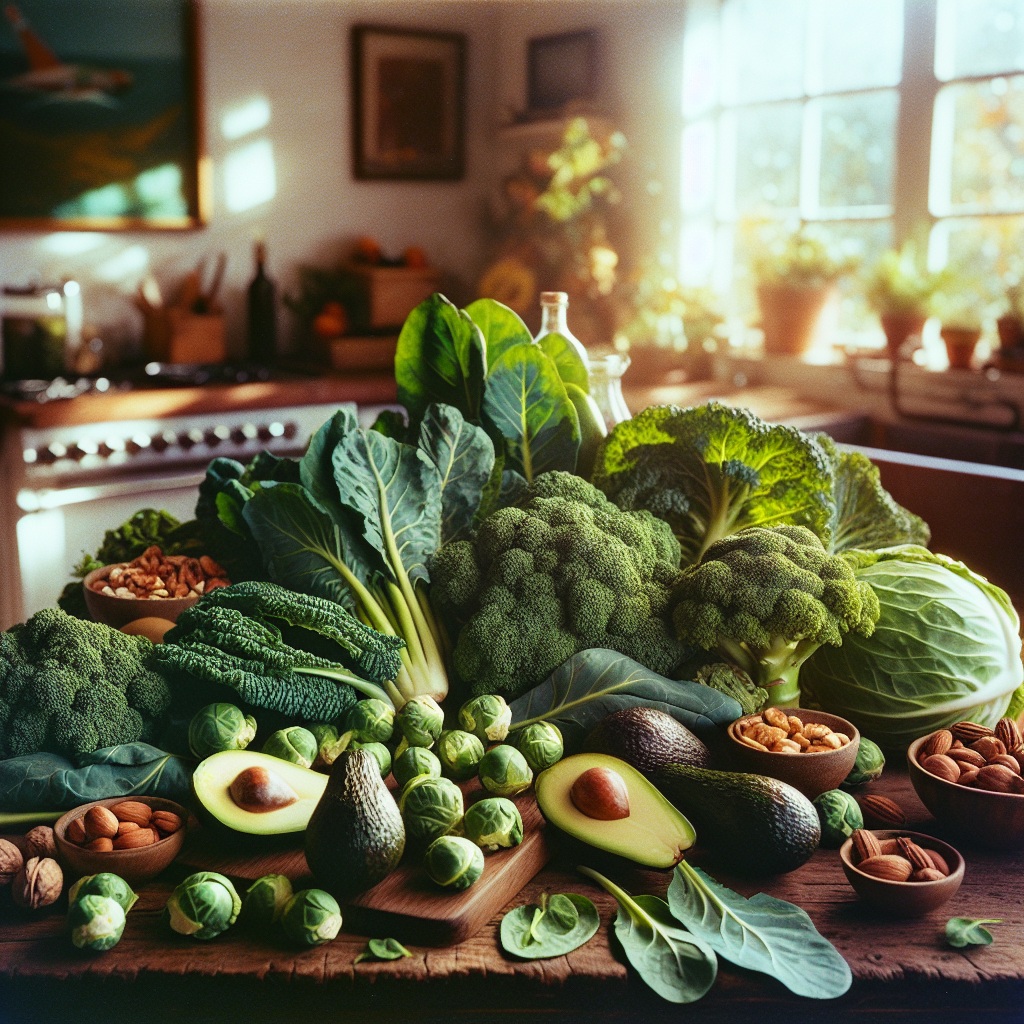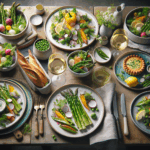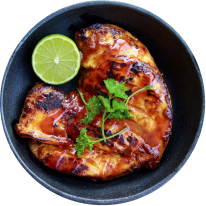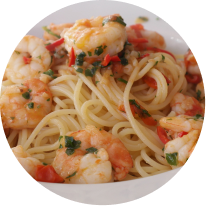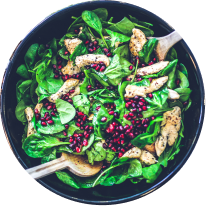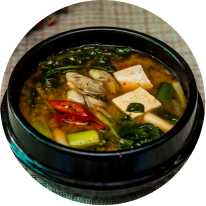9 Foods High in Vitamin K for Wound Healing, Healthy Bones, and Heart Health
Vitamin K is an essential nutrient that plays a key role in blood clotting, bone metabolism, and maintaining heart health. While often overlooked, getting enough vitamin K from your diet can help support wound healing, strengthen bones, and protect against cardiovascular disease. In this article, we’ll explore nine foods rich in vitamin K, their health benefits, and how to incorporate them into your diet.
Why Is Vitamin K Important?
Vitamin K exists in two main forms: vitamin K1 (phylloquinone), found in green leafy vegetables, and vitamin K2 (menaquinone), found in fermented foods and animal products. This nutrient contributes to:
- Blood Clotting: Vitamin K is crucial for forming blood clots, which help stop excessive bleeding.
- Bone Health: It plays a role in bone mineralization, reducing the risk of osteoporosis.
- Heart Health: By preventing calcium buildup in blood vessels, vitamin K supports cardiovascular health.
Top 9 Foods Rich in Vitamin K
Now that you understand the importance of vitamin K, let’s explore nine of the best dietary sources.
1. Kale
Vitamin K content per 1 cup (chopped, raw): 684 mcg (571% of the Daily Value, or DV)
Kale is a powerhouse of vitamin K, making it an excellent choice for supporting blood clotting and bone health. You can add it to salads, smoothies, or sauté it as a side dish.
2. Spinach
Vitamin K content per 1 cup (raw): 145 mcg (121% of the DV)
Spinach is packed with various nutrients, including vitamin K, iron, and folate. Enjoy it in salads, omelets, or green smoothies for an easy health boost.
3. Broccoli
Vitamin K content per 1 cup (cooked): 220 mcg (183% of the DV)
This cruciferous vegetable is not only rich in vitamin K but also provides fiber and antioxidants. Steam it, roast it, or enjoy it in stir-fries.
4. Brussels Sprouts
Vitamin K content per 1 cup (cooked): 156 mcg (130% of the DV)
Brussels sprouts are a delicious and nutritious option for increasing your vitamin K intake. Roast them with olive oil for a tasty side dish.
5. Collard Greens
Vitamin K content per 1 cup (cooked): 772 mcg (644% of the DV)
Collard greens provide one of the highest amounts of vitamin K. Try them sautéed with garlic or added to soups and stews.
6. Parsley
Vitamin K content per 1/2 cup (fresh): 492 mcg (410% of the DV)
Often used as a garnish, parsley is actually a vitamin K powerhouse. You can blend it into sauces, sprinkle it over meals, or add it to fresh juices.
7. Natto (Fermented Soybeans)
Vitamin K content per 3 ounces: 850 mcg (708% of the DV)
As a rich source of vitamin K2, natto supports bone and heart health. If you enjoy fermented foods, include natto in your diet for a gut-friendly boost.
8. Green Beans
Vitamin K content per 1 cup (cooked): 60 mcg (50% of the DV)
Green beans provide a moderate amount of vitamin K and pair well with a variety of dishes. Try them steamed, sautéed, or added to casseroles.
9. Prunes
Vitamin K content per 1/2 cup: 52 mcg (43% of the DV)
Prunes are not only great for digestion but also contain a good amount of vitamin K. Enjoy them as a snack, in smoothies, or added to oatmeal.
How to Incorporate More Vitamin K Into Your Diet
To maximize the benefits of vitamin K, follow these simple tips:
- Eat More Leafy Greens: Add kale, spinach, and collard greens to your meals regularly.
- Pair with Healthy Fats: Vitamin K is fat-soluble, meaning it absorbs better when consumed with fats—try drizzling olive oil over your veggies.
- Include Fermented Foods: Natto and sauerkraut are excellent sources of vitamin K2.
- Choose Whole Foods: Instead of relying on supplements, get your vitamin K from nutrient-dense foods.
Potential Risks of Vitamin K Deficiency
A deficiency in vitamin K can lead to bleeding disorders, weakened bones, and an increased risk of heart disease. People at higher risk include those who:
- Have conditions that affect fat absorption, like celiac disease.
- Take blood thinners, as these medications can interfere with vitamin K.
- Consume a diet lacking in leafy greens or fermented foods.
Final Thoughts
Getting enough vitamin K is essential for proper blood clotting, strong bones, and cardiovascular health. By incorporating vitamin K-rich foods such as leafy greens, broccoli, and natto into your diet, you can ensure optimal health. Whether you enjoy a leafy green salad, steamed vegetables, or fermented soybeans, small changes can make a big impact.
Are you ready to boost your vitamin K intake? Start with some of these foods today and enjoy the health benefits!

